Blog
Jewellok is a professional pressure regulator and valve manufacturer and supplier.
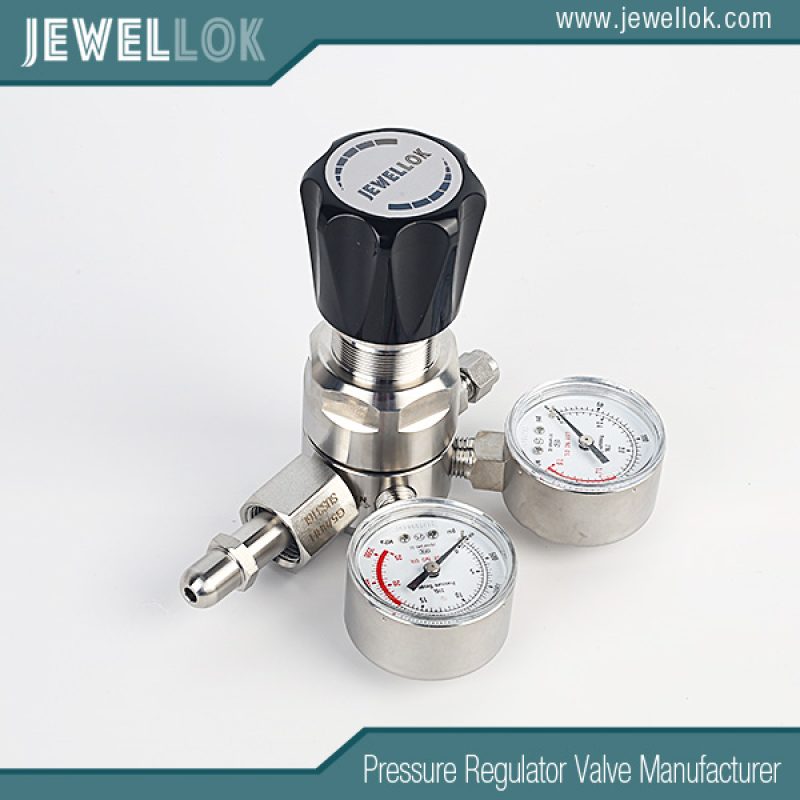
Gas Pressure Regulator: How It Works
- Pressure Regulator Valve Manufacturer
- argon gas pressure regulator, gas pressure regulator, gas pressure regulator adjustment, gas pressure regulator china, gas pressure regulator how it works, gas pressure regulator manufacturers, gas pressure regulator market, gas pressure regulator suppliers, Gas Pressure Regulator Valve, high flow uhp gas pressure regulators, high purity gas pressure regulators, how does a gas pressure regulator work, how gas pressure regulator works, hydrogen gas pressure regulator, industrial gas pressure regulator manufacturers, natural gas pressure regulator manufacturer, natural gas pressure regulator manufacturers, nitrogen gas pressure regulator, pharmaceutical gas pressure regulator, semiconductor valve manifold box gas pressure regulators, specialty gas pressure regulator, stainless steel gas pressure regulator, uhp 316l stainless steel gas pressure regulators, uhp bulk gas pressure regulators
- No Comments
Gas Pressure Regulator: How It Works
Introduction
In the modern world, where natural gas, propane, and other gases power everything from household appliances to industrial machinery, maintaining safe and consistent pressure is paramount. A gas pressure regulator serves as the unsung hero in this process, ensuring that high-pressure gas from sources like pipelines or cylinders is reduced to a usable, stable level for downstream equipment. Without these devices, fluctuations in pressure could lead to inefficiencies, equipment damage, or even hazardous situations like leaks or explosions.
Gas pressure regulators are ubiquitous in various sectors, including residential heating, welding operations, medical gas delivery, and large-scale industrial processes. They operate on fundamental principles of fluid dynamics and mechanical feedback, automatically adjusting to maintain a preset outlet pressure despite changes in inlet pressure or flow demand. This article delves into the intricacies of how gas pressure regulators function, exploring their components, mechanisms, types, applications, and maintenance considerations. By understanding these devices, users can appreciate their role in enhancing safety and efficiency in gas-handling systems.
The concept of pressure regulation dates back to the 19th century, evolving alongside the growth of gas utilities. Today, regulators are engineered with precision materials to handle diverse gases under extreme conditions, from cryogenic temperatures to high pressures exceeding 3,000 psi. As energy demands grow and sustainability becomes a focus, advancements in regulator technology continue to improve reliability and reduce energy waste.
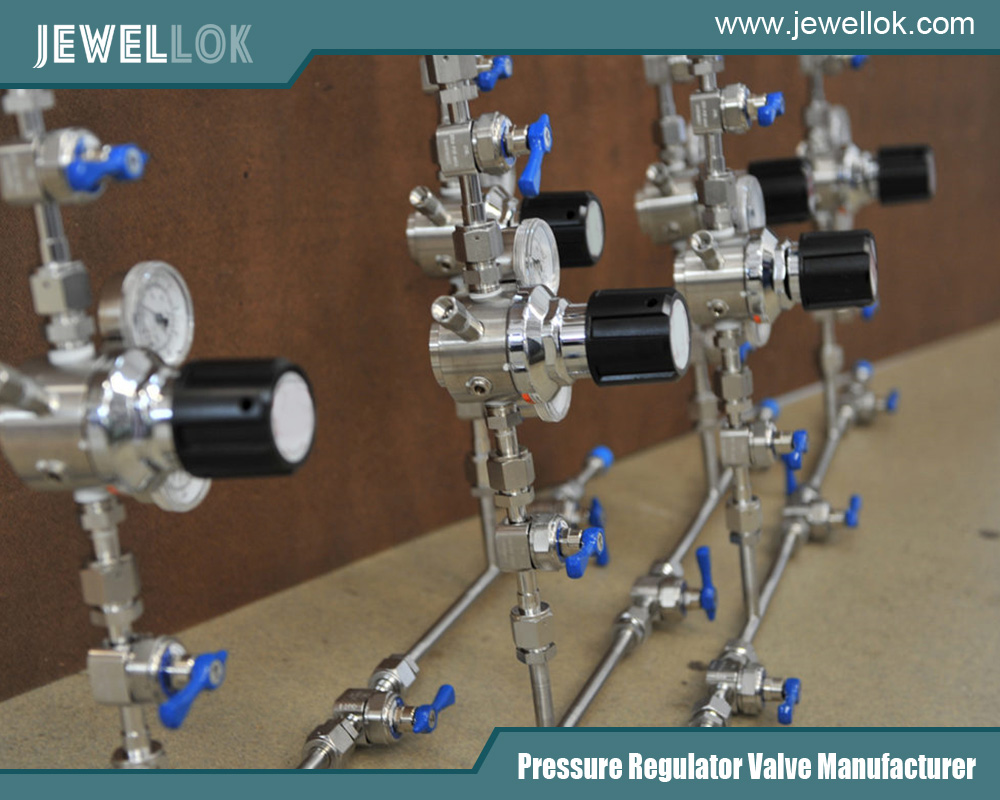
What is a Gas Pressure Regulator?
A gas pressure regulator is a mechanical valve designed to control the pressure of a gas flowing from a high-pressure source to a lower-pressure application. Its primary function is to reduce the inlet pressure to a desired outlet pressure and maintain that level consistently, even as inlet conditions vary. This is achieved through a feedback mechanism that senses pressure changes and adjusts the flow accordingly.
In essence, regulators act as gatekeepers in gas distribution systems. For instance, in a natural gas pipeline, the gas arrives at high pressure (often hundreds of psi) to facilitate long-distance transport, but end-user appliances like stoves or furnaces require much lower pressures (typically 0.25 to 5 psi) to operate safely. Without regulation, the high pressure could overwhelm these devices, causing malfunctions or safety risks.
Regulators differ from simple valves by incorporating sensing and control elements that respond dynamically. They are classified based on their operation: pressure-reducing regulators lower downstream pressure, while back-pressure regulators maintain upstream pressure by relieving excess. This distinction is crucial in applications where pressure stability is vital, such as in chemical processing or medical oxygen delivery.
Beyond basic pressure control, modern regulators may include features like overpressure protection, filters to remove contaminants, and gauges for monitoring. They are built to handle specific gases, with materials chosen for compatibility—brass for general use, stainless steel for corrosive environments, or aluminum for lightweight needs. Understanding a regulator’s role highlights its importance in preventing accidents; for example, in residential settings, faulty regulators have been linked to gas leaks, underscoring the need for regular inspections.
The economic impact is significant too. Efficient regulators minimize gas waste, optimize equipment performance, and extend lifespan, contributing to cost savings in industries reliant on compressed gases. As global gas consumption rises, with natural gas projected to account for a larger share of energy mixes, the demand for reliable regulators will only increase.
Components of a Gas Pressure Regulator
At the heart of a gas pressure regulator are three key functional elements: the pressure-reducing element, the sensing element, and the reference force element. These work in concert to achieve precise control.
The pressure-reducing element is typically a poppet valve or similar restrictor, such as a globe or butterfly valve, which modulates the gas flow by opening or closing an orifice. This valve is spring-loaded in many designs, allowing it to respond to pressure differentials. In direct-operated regulators, the valve plug connects to a stem that moves based on diaphragm actions, restricting or increasing flow through the orifice.
The sensing element, often a flexible diaphragm made of materials like rubber or metal, detects outlet pressure changes. It separates the regulator’s chamber into sections, with one side exposed to the outlet gas pressure and the other to atmospheric or reference pressure. When pressure builds, the diaphragm flexes, transmitting force to the control elements. Pistons can serve as alternatives in high-pressure applications, offering durability but potentially higher friction.
The reference force element is usually a mechanical spring that provides the opposing force to the diaphragm. By adjusting the spring’s tension via a set screw or knob, users set the desired outlet pressure. Clockwise turns compress the spring, increasing pressure; counterclockwise reduces it. In advanced models, pilot actuators or weights might replace springs for finer control.
Additional components enhance functionality. Gauges monitor inlet and outlet pressures, while vents or relief valves prevent overpressurization by releasing excess gas. Filters upstream protect the valve seat from particulates, and seals (e.g., O-rings made of Buna-N or Viton) ensure leak-proof operation, selected based on gas compatibility and temperature range.
In dual-stage regulators, these components are duplicated in series, with the first stage reducing pressure intermediately and the second fine-tuning it. This setup minimizes droop—the drop in outlet pressure under high flow—and improves stability. Materials play a critical role; for hazardous gases, non-relieving designs avoid venting to the atmosphere, using stainless steel for corrosion resistance.
Understanding these components reveals the regulator’s robustness. For example, in medical applications, diaphragms must be biocompatible, while in welding, robust valves handle abrasive gases. Proper component selection ensures longevity, with regulators often lasting decades under normal conditions.
How Does It Work?
The operation of a gas pressure regulator relies on a delicate balance of forces, governed by principles like Boyle’s Law and negative feedback. Let’s break it down step by step for a typical direct-operated, single-stage regulator.
First, high-pressure gas enters the inlet port and flows into the regulator’s chamber. This chamber houses the diaphragm, which senses the outlet pressure. With no flow, the spring (reference force) pushes the diaphragm downward, opening the valve plug and allowing gas to pass through the orifice to the outlet.
As gas flows, pressure builds on the downstream side, exerting an upward force on the diaphragm. This force opposes the spring’s downward push. When the outlet pressure reaches the set point, the diaphragm rises, pulling the stem and valve plug toward the orifice, restricting flow. This creates equilibrium: the valve opens just enough to match demand while maintaining constant pressure.
If demand increases (e.g., more appliances turn on), outlet pressure drops momentarily. The diaphragm senses this, and the spring forces it down, opening the valve wider to admit more gas until pressure stabilizes. Conversely, if demand decreases, rising outlet pressure pushes the diaphragm up, closing the valve to reduce flow.
Mathematically, this balance is expressed as F = (P_i – P_o)s + P_o S + f, where F is the diaphragm spring force, P_i inlet pressure, P_o outlet pressure, s poppet area, S diaphragm area, and f poppet spring force. Damping mechanisms, like friction or restrictors, prevent oscillations (hunting) for smooth operation.
In dual-stage regulators, the process occurs in two phases. The first stage reduces high inlet pressure (e.g., 3,000 psi) to an intermediate level (e.g., 300 psi), and the second stage further lowers it to the final outlet (e.g., 10 psi). This minimizes the impact of inlet fluctuations on the outlet, reducing droop and hysteresis—variations due to friction where pressure differs based on flow direction.
For back-pressure regulators, the mechanism reverses: the valve is normally closed, opening only when upstream pressure exceeds the set point to relieve excess, maintaining constant inlet pressure. Pilot-operated variants use a small pilot valve to amplify control, ideal for high-flow scenarios.
Environmental factors influence performance. Altitude affects atmospheric reference pressure, requiring adjustments, while temperature can alter spring rates or cause icing in moist gases. In practice, installation involves backing off the adjustment knob before pressurizing, then gradually setting the desired pressure while monitoring gauges.
This dynamic adjustment ensures safety; for example, in propane grills, regulators prevent flare-ups by stabilizing pressure. However, issues like diaphragm wear can lead to leaks, emphasizing the need for quality components.
Types of Gas Pressure Regulators
Gas pressure regulators come in various types, tailored to specific needs.
Direct-operated regulators, the simplest, use the diaphragm directly to control the valve, suitable for low-to-medium flows with stable inlets. They are cost-effective for residential use.
Pilot-operated regulators employ a pilot valve to sense pressure and actuate the main valve, handling high flows and pressures with precision, common in industrial pipelines.
Single-stage regulators perform reduction in one step, ideal for constant inlet pressures but prone to droop under varying loads. Dual-stage (two-stage) add an intermediate step for better stability, used in welding or lab settings. Three-stage extend this for extreme pressure drops, like in fuel cells.
Relieving regulators vent excess downstream pressure, safe for non-hazardous gases, while non-relieving trap it, preferred for toxic ones.
Specialty types include high-purity for semiconductors, zero-pressure for precise low flows, and back-pressure for upstream control in analytical systems.
Choosing the type depends on factors like flow rate, pressure range, and gas type, ensuring optimal performance.
Applications
Gas pressure regulators find applications across industries.
In residential and commercial settings, they regulate natural gas for furnaces, stoves, and water heaters, maintaining low pressures to prevent accidents.
Industrially, they control gases in manufacturing, such as in pneumatic systems or chemical processing, where stable pressure ensures product quality.
In welding and cutting, dual-stage regulators reduce cylinder pressures for oxy-fuel torches, with gauges aiding monitoring.
Medical applications involve oxygen regulators for patient delivery, requiring high purity and reliability.
Automotive uses include CNG vehicles, where regulators step down tank pressures for engines.
In aerospace, they manage cabin and propulsion gases under extreme conditions.
Mining and diving employ them for breathing gases and water systems, preventing overpressure at depths.
These diverse uses underscore regulators’ versatility in promoting safety and efficiency.
Maintenance and Safety
Regular maintenance is crucial for gas pressure regulators. Inspect for leaks, corrosion, or diaphragm cracks annually, and replace seals as needed. Clean filters to avoid blockages, and test relief valves for proper function.
Safety protocols include installing in ventilated areas, using compatible materials to prevent reactions, and incorporating shut-off valves. Overpressure protection, like relief valves, mitigates risks.
Common issues: Droop indicates wear; lock-up failure suggests seal problems. Professional servicing ensures compliance with standards like ANSI.
By prioritizing maintenance, users avoid hazards and prolong device life.

Conclusion
Gas pressure regulators are essential for safe gas management, operating through balanced mechanics to maintain consistent pressures. From components to applications, their design ensures reliability across sectors. As technology advances, these devices will continue evolving, supporting a gas-dependent world.
For more about gas pressure regulator how it works, you can pay a visit to Jewellok at https://www.jewellok.com/high-pressure-nitrogen-gas-regulator-an-essential-tool-for-industrial-applications/ for more info.
Recent Posts
Which Gas Pressure Regulator is Best for Laboratory Use?
Complete Guide to Choosing the Best High Pressure Nitrogen Gas Regulator
Top 10 Gas Regulator Valve Manufacturers in China 2025
Tags
Recommended Products
-
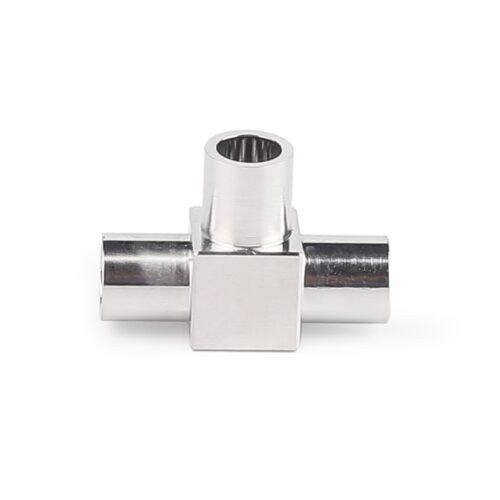
Stainless Steel Ultra High Purity Mini Butt Weld Mini Tee Reducer MTRW Series Fittings
-
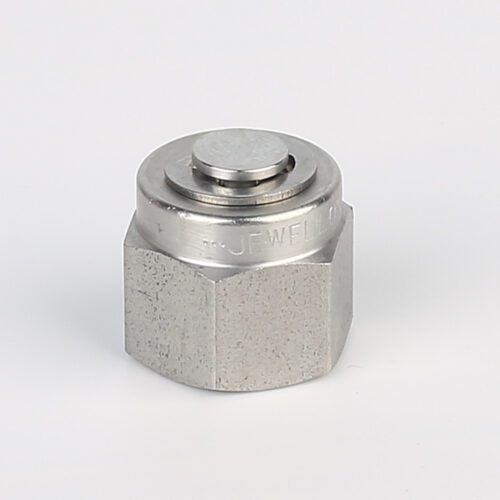
7121L Plug High Purity Plug Fitting And Blanking Plug
-
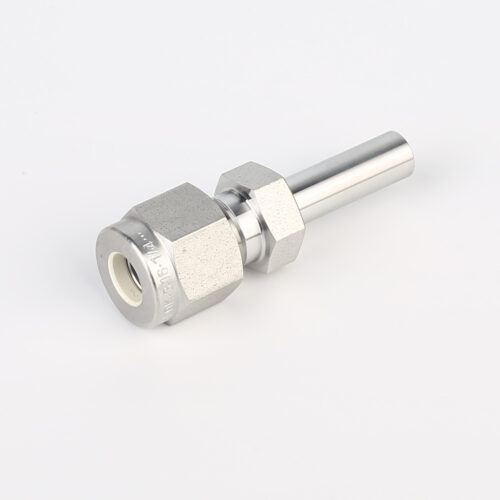
767LT Reducer Pressure Reducing Valve Adjustment High purity Pressure Reducing Union Fittings And Tubing
-
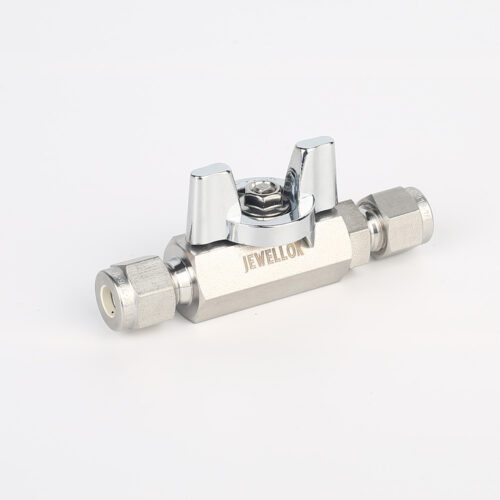
Stainless Steel High-Purity High Temperature Metal Seated Ball Valves JBV3 Series
-
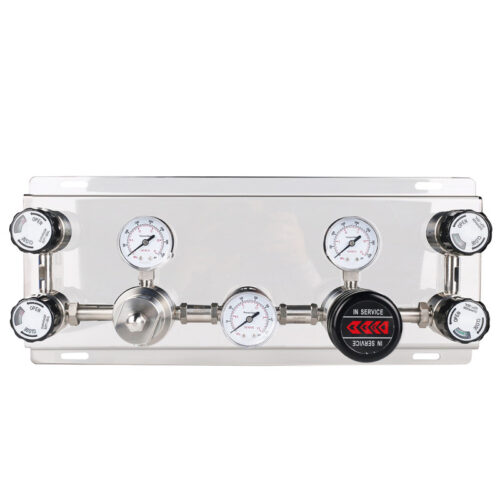
Semi Automatic And Automatic Switching Speicialty Gas Changeover Manifold Panel With Semiconductor Valve Manifold Box Gas Pressure Regulators
-
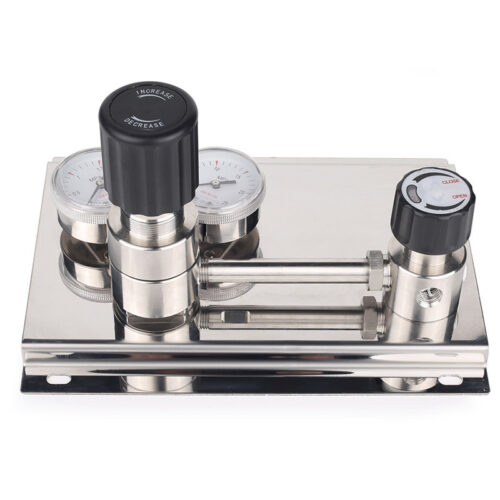
Stainless Steel Fully Automatic Gas Switchover Manifold System Automatic Gas Cylinder Switchover Co2 Cylinder Auto Changeover Controller
-
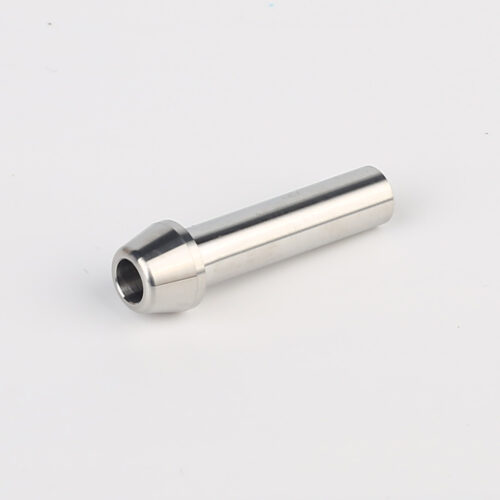
767LP Port Connector Ultra High Purity VCR Metal Gasket Face Seal Tube Fittings
-
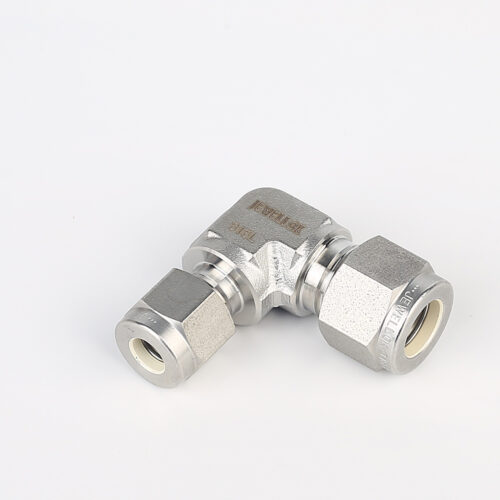
765LR Reducing Tee | Stainless Steel 316 High Purity Butt Weld Fittings Metal Face Seal For Welding Pipe Fitting Reducing Tee